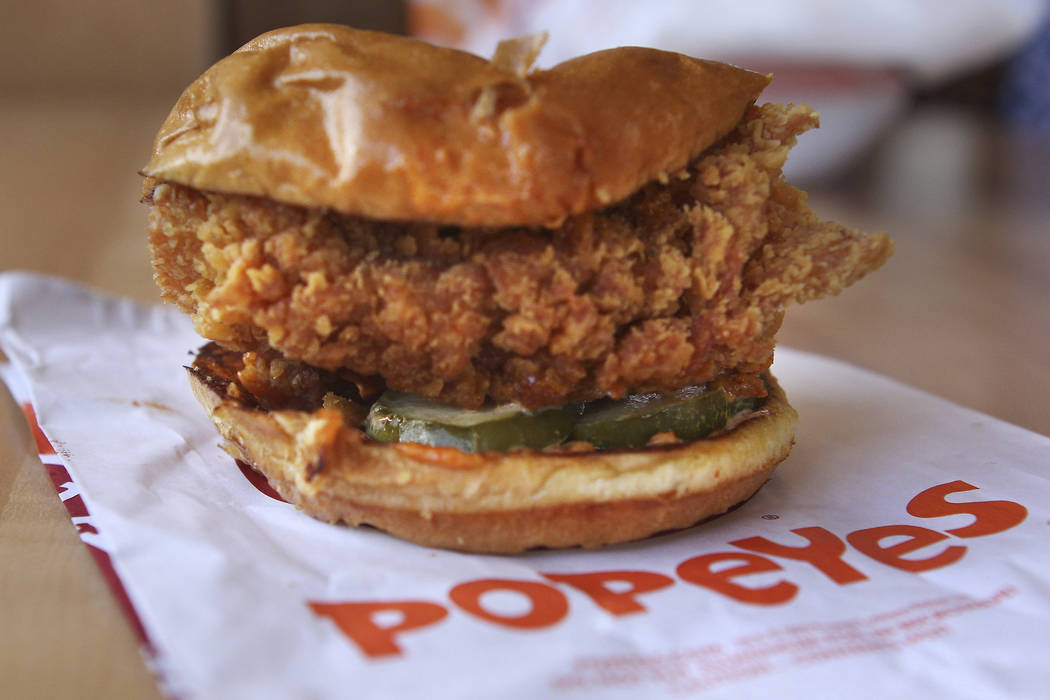Earlier in 2019, at the Restaurant Leadership Conference, industry leaders discussed the all-important fat bottom line. Instead of focusing on growing revenue, however, this discussion revealed important cost-cutting techniques designed to maximize savings and increase profits.
Let’s take a look at what these leaders consider the biggest impact on overall profit.
High Rents
Jason Morgan, the CEO of two emerging fast casual concepts–Original Chop Shop and Bellagreen—sees high rent as one of the biggest challenges that restaurants are currently facing. He believes that this is due, in large part, to the flood of money that hit the industry from the private equity sector over the last five years.
While some entrepreneurs and mega-corporations are willing to pay the price, others understand that, at a certain point, the risk is greater than the reward. Jason is one of those—a CEO who is willing to wait for second generation sites.
Which leads us to the solution for this pain point that many restaurants are facing—patience. Companies are waiting it out, allowing others to sign bad deals that will ultimately lead to second generation space.
Third-Party Delivery Fees
Like many in the restaurant industry, Jason sees third-party delivery fees as unsustainable. In his business, he’s seen these costs go from 100 to 300 base points over the last two years. The problem is that restaurants are feeling pressured into providing this service due to consumer demand, but, considering the rising fees, delivery using third-party services does little to fatten up the bottom line.
One solution is dispatch operations such as Olo. Using these dispatch companies, Jason shifted customers from third-party sites to the restaurant’s site, paying 10 percent per order instead of the commonly charged fee of 30 percent from third-party services. Customers simply order and pay on a restaurant’s existing digital ordering site, and the best-matched quote from an available delivery service provider pops up and is scheduled.
The Numbers
Jason Tipp, an entrepreneur in the Food Service industry and past CEO of Florida-based Pincho, a Latin American street food concept with 12 units, explained that the founders of this successful chain were not from the restaurant industry. Because of this, numbers such as prime costs and food cost were not prominent in their considerations. Once he came onboard, he stressed the importance of these numbers and developed stronger operations in order to reduce these costs.
One simple approach they took was enabling the general managers to really see the operations from the bones up in order to determine how to create a more efficient operation. They examined how long it took to do prep in the morning, how long it took to close a restaurant after the last guess was served, and how many employees were needed for these activities. From there, they were able to develop clear, cost-saving guidelines for their units.
Their other goal was to get their food costs in order—adding up the food they sell, the food they buy, and determining the percentage in sales, which required costing out all of the recipes. As Jason states, “You can’t ask a general manager to hit 28% food costs if the reality is based on input costs in your recipes that is 35%.”
Eric Sheen, CEO of Restaurant Partners Procurement, also see’s food cost as an operational issue. He puts it in terms of the 80/20 rule. In other words, only 20 percent is your actual cost while 80 percent is all operation controls. Therefore, it there is a food cost issue, the problem often lies in the operation, not the distributor.
One of their solutions is switching recipe measurements from ounces to grams, which is a more precise method. He also recommends investing in digital scales. Another area in operations that accounts for an increase in costs is pricing differentiation between the menu and the POS system. An example he uses to describe the impact that occurs when you don’t correlate the two is this: Iced tea was increased by 20 cents which was addressed on the menu, but not in the POS. Say you sell 50,000 iced teas—that’s $10,000 missing from the bottom line.
Another common error is not getting all the items, such as drinks, on the bill. To combat this, some POS systems won’t let your servers send an order to the kitchen before drinks are run up on the check. If the guests are only drinking water, you can put it in at zero charge.
There are a thousand tiny details that go into ensuring the highest profit margin. Another example Eric shared comes from an organization that sells 10 million pounds of chicken wings a year. They pulled out a couple of cases and found that the case count was at about 200, but their spec was for a 240-wing count. The wings had gotten bigger over the years, but the establishment sold by wing, not weight. They estimated that, over the last four years, they had lost about 1.4 to 1.8 million dollars a year.
Contracts
Vince Purves, President of Consolidated Concepts, the largest Group Purchasing Organization (GPO) for multi-unit operators in the U.S., is very familiar with distribution contract negotiation. He notes that it’s easy to negotiate your contract and then ignore it until it’s ready to expire some three years later. It is better, however, to remain engaged with your distributors throughout the year.
In actuality, the supply chain is affecting your cost of goods from multiple avenues including the shortage of drivers in the trucking industry to the price of fuel and insurance. There is much more to rising costs than just the cost of the product itself.
The question becomes: How do you hold distributors accountable to contract prices?
Vince finds that auditability is a key component. “Really make sure what you have from a contract standpoint, whether it’s your distribution or it’s your manufacturer cost contract, is truly and accurately in the system.” Don’t assume that distribution prices are correct. As with most data, it takes a person to key it in, and people are human and prone to mistakes. That’s one of the roles we assume at Consolidated Concepts, making sure our client’s systems are right, their prices are correct, and holding them accountable.” With increasing costs in real estate, products, and labor, it’s clear that restaurants looking to increase their profit margins must maintain tight operational guidelines and develop key relationships in the distribution sector. Consolidated Concepts can help reduce both food and distribution costs—keys to a fat bottom line.
Another avenue that restaurants are turning to is working with third-party consultants that help them develop a supply chain that can stay ahead of weather-related opportunities and challenges. Consolidated Concepts specializes in streamlining the supply chain for multiunit brands through the use of technology, partnerships, and procurement specialists.



